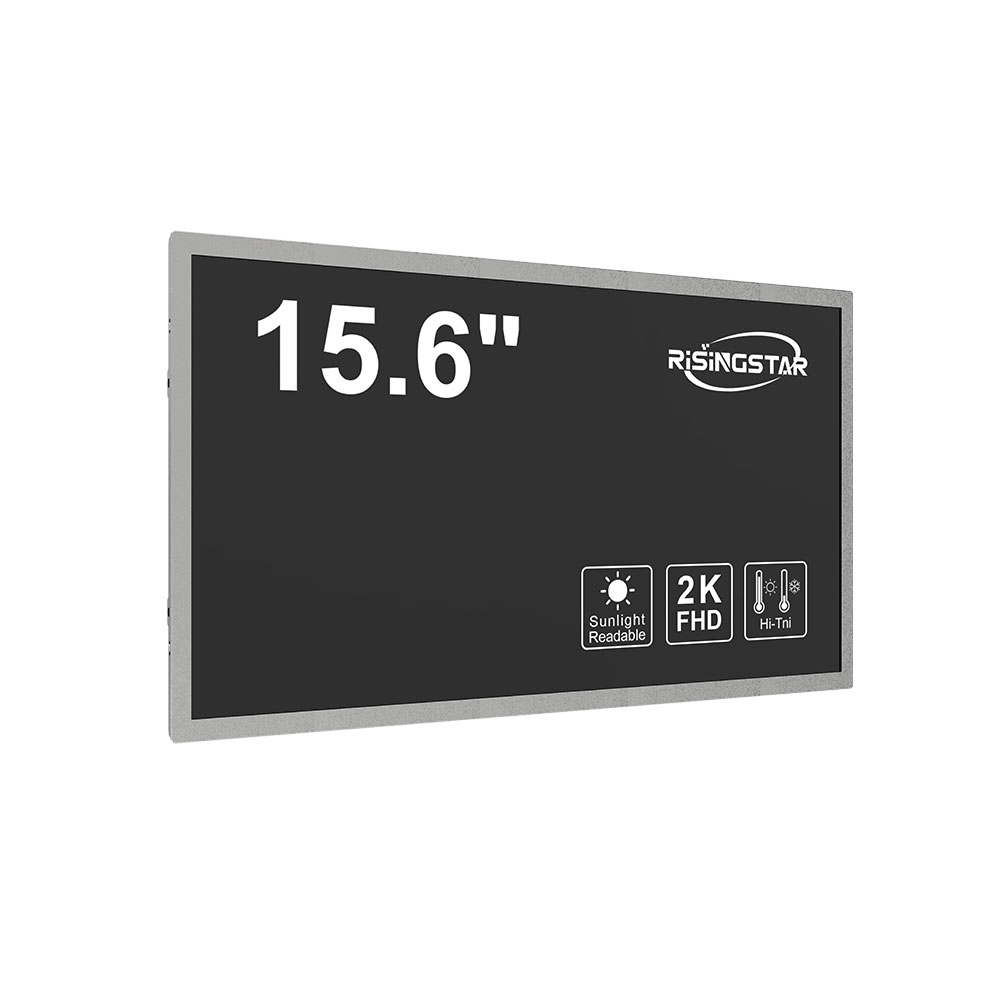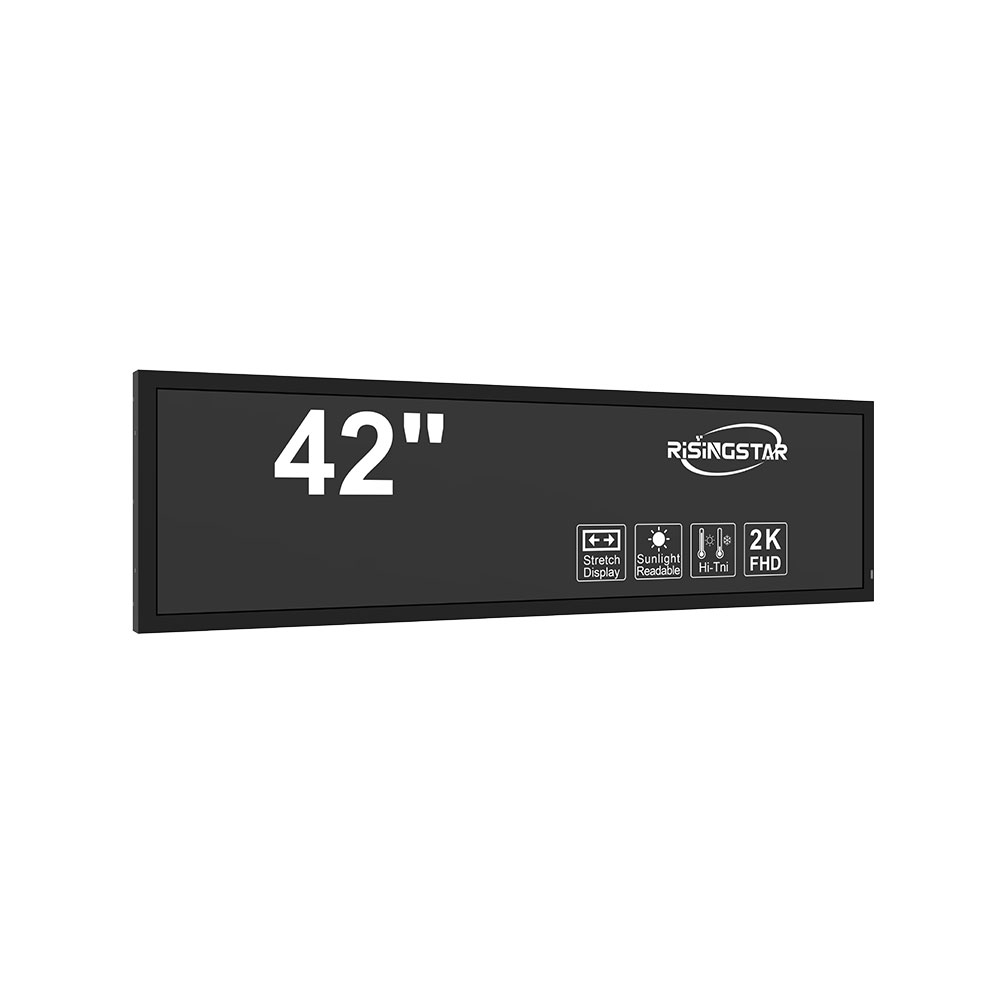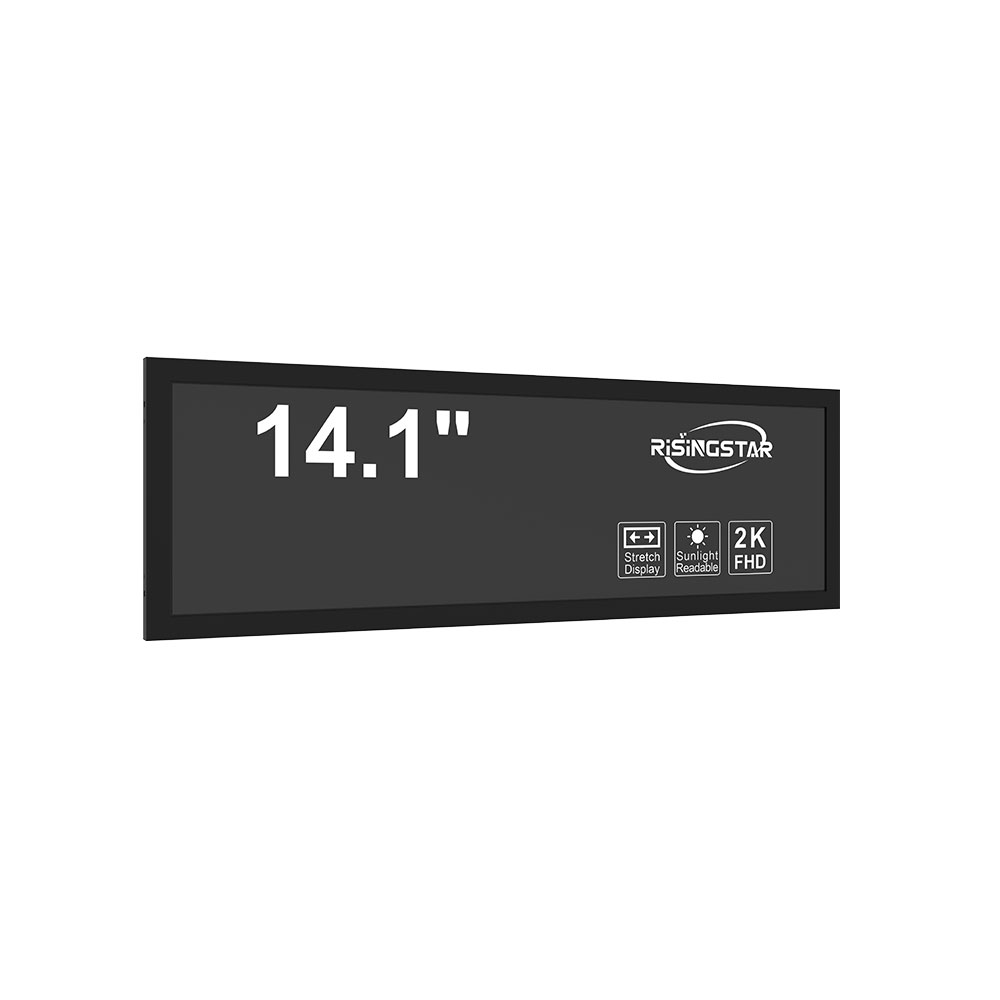- Home
- About Us
- Products
- News
- Video
- Contact
- Send Inquiry
Search
- Home
- About Us
- Products
- News
- Video
- Contact
- Send Inquiry

When selecting an outdoor high-brightness LCD screen for commercial applications—such as digital signage in retail, transportation hubs, or public information displays—the choice of display technology is critical. Unlike indoor screens that typically operate at 200–500 nits, outdoor LCDs must exceed 5,000 nits to remain visible under direct sunlight. According to a 2023 report by Statista, global demand for high-brightness displays has grown by over 12% annually since 2020, driven by smart city initiatives and the need for real-time communication in open environments.
The key to success lies in understanding three core factors: brightness output, environmental durability, and power efficiency. For instance, LED-backlit LCDs with local dimming are now standard in premium outdoor units, offering contrast ratios up to 10,000:1 while maintaining energy efficiency. A case study from Samsung Display (2022) demonstrated that their 65-inch outdoor LCD panel, rated at 7,000 nits and IP65-rated, reduced maintenance costs by 40% over two years in a busy airport terminal compared to older models.

Moreover, temperature range matters significantly. Industrial-grade outdoor LCDs must function reliably between -30°C and +60°C. The use of wide-view IPS panels ensures consistent color accuracy across angles—a crucial feature when viewers approach from various directions. Additionally, modern outdoor screens integrate advanced features such as automatic brightness adjustment via ambient light sensors and remote diagnostics through IP-based protocols like ONVIF.
Manufacturers like LG Electronics, Sony, and NEC have adopted MIL-STD-810G standards for shock and vibration resistance, making these displays suitable for bus stops, construction sites, or coastal areas. With the rise of 4K resolution in outdoor applications—driven by higher content engagement rates—manufacturers are also optimizing pixel density and heat dissipation. For example, the Panasonic AW-HE100 outdoor monitor uses a vapor chamber cooling system to maintain performance even during prolonged sun exposure.

Ultimately, choosing the right screen requires balancing technical specifications with long-term operational costs, user experience, and compliance with regional regulations like RoHS or CE certification. By prioritizing brightness, ruggedness, and intelligent features, businesses can ensure maximum ROI and uninterrupted service in demanding outdoor environments.
